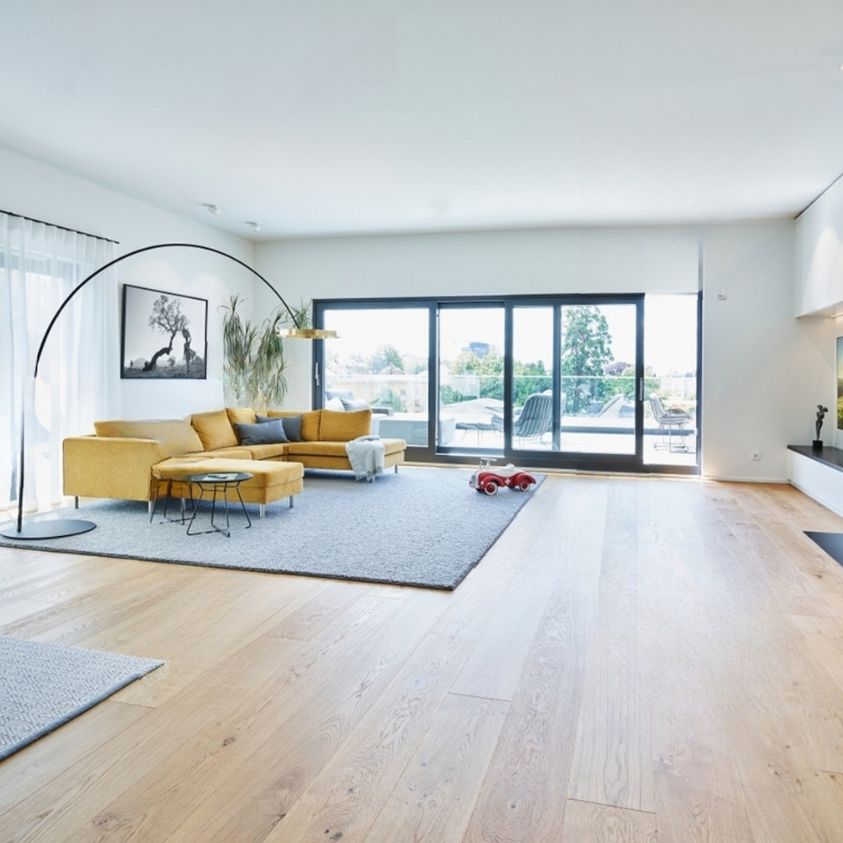Interior design is more than just arranging furniture and choosing colors; it’s about creating spaces that reflect your personality, meet your needs, and elevate your quality of life. A well-designed interior can transform a house into a home, making it a place where you feel comfortable, inspired, and at peace. In this article, we will explore the profound impact of interior design on your home and ways to transform your living spaces into havens of style and function.
Understanding the Essence of Interior Design
At its core, interior design is an art and science of enhancing the interior of a space to achieve a more aesthetically pleasing and functional environment. It involves considering various elements, including color schemes, furnishings, layout, lighting, and decorative pieces, to create a cohesive and harmonious space that aligns with your taste and lifestyle.
Personalization: Making Your Mark
One of the key aspects of interior design is personalization. Your home should reflect your unique style and personality. A well-designed interior allows you to showcase your tastes, interests, and experiences through carefully chosen elements that resonate with you, creating a space that feels truly yours.
Functionality: Form Follows Purpose
Aesthetics should always go hand in hand with functionality in interior design. Your space should not only look good but also serve its intended purpose efficiently. Every piece of furniture, every layout choice, and every design element should enhance the usability and flow of your home.
The Power of Color and Mood
Colors play a vital role in interior design, influencing the mood and ambiance of a room. Warm colors like reds and yellows evoke energy and vibrancy, while cooler tones like blues and greens create a calming and serene atmosphere. Understanding the psychology of color is crucial in setting the right mood for different spaces within your home.
Furniture Arrangement: Balancing Comfort and Style
Proper arrangement of furniture is essential for an appealing and functional interior. Pay attention to furniture scale, balance, and placement to ensure optimal flow and accessibility in your rooms. Consider the size of the room and the type of activities that will take place to achieve a harmonious layout.
Natural Light: Illuminating the Soul of Your Home
Lighting is a key factor in interior design, and natural light is incomparable. Maximizing natural light not only saves energy but also enhances the ambiance, making spaces feel open, lively, and inviting. Consider window treatments that allow ample light while providing privacy and aesthetic appeal.
Accessorizing: The Final Touches
Accessories are like the jewelry of interior design, adding the finishing touches that bring a room together. From artwork and rugs to cushions and plants, accessories infuse personality and character into your space. Choose items that resonate with you and complement the overall design.
Efficient Storage Solutions: Decluttering with Style
An organized and clutter-free home is an essential aspect of good design. Incorporate storage solutions like shelves, cabinets, and built-ins to keep your space tidy and functional. Innovative storage ideas ensure that everything has its place, maintaining a clean and visually appealing environment.
Blending Styles: Creating a Unique Fusion
Mixing design styles can result in a visually captivating and unique interior. Experiment with blending contemporary and traditional elements, or combine rustic and modern pieces. The key is to achieve a balanced and cohesive look that reflects your eclectic taste.
Transformative Renovations: A Fresh Perspective
Sometimes, a complete interior overhaul is necessary to achieve the transformation you desire. Renovations can involve redesigning floor plans, adding new structural elements, or simply updating finishes and fixtures. A well-planned renovation can breathe new life into your home, aligning it with your evolving lifestyle.
Embracing Eco-Friendly Design: Designing Responsibly
Sustainable and eco-friendly interior designing is an emerging trend that focuses on minimizing the environmental impact of your home. From using recycled materials to incorporating energy-efficient fixtures, adopting eco-friendly practices not only helps the planet but also creates a healthier living space.
Virtual Reality and Design: Visualizing the Dream
Advancements in technology have revolutionized interior design through virtual reality (VR). Designers and homeowners can now virtually walk through a designed space before implementing any changes. VR allows for better visualization and understanding of the final outcome, ensuring a perfect design execution.
Bringing the Outdoors In: Biophilic Design
Biophilic design connects humans with nature by incorporating natural elements into interior spaces. Whether through the use of plants, natural materials, or views of the outdoors, this design approach promotes a sense of well-being and relaxation, fostering a deeper connection with the environment.
Timeless vs. Trendy: Striking the Right Balance
When designing your home, it’s essential to strike a balance between timeless design elements and trendy pieces.





